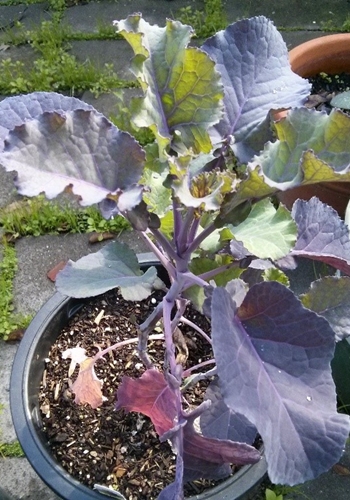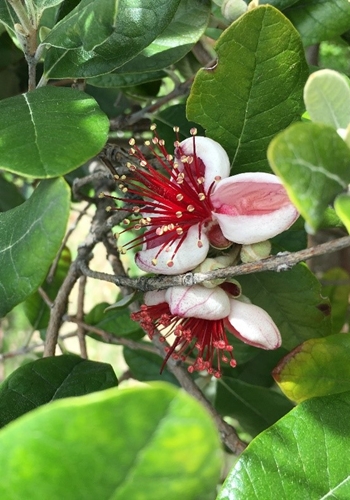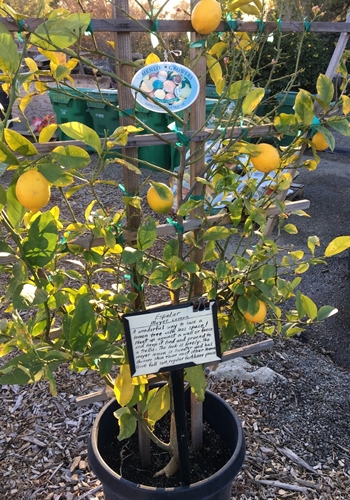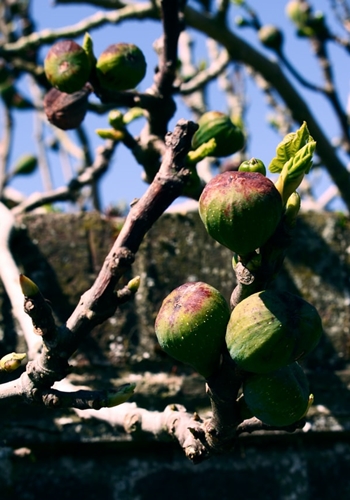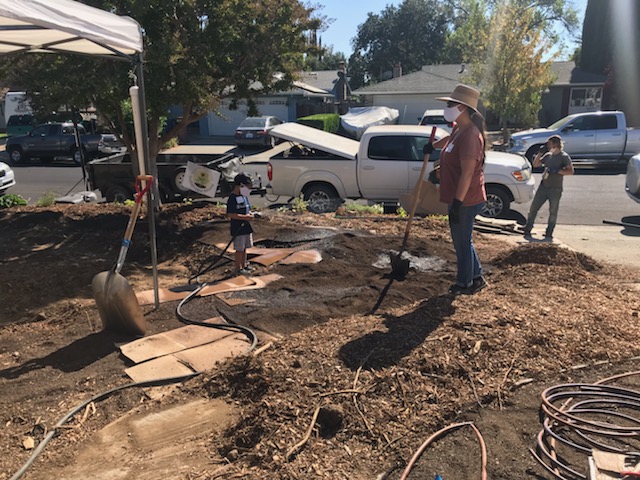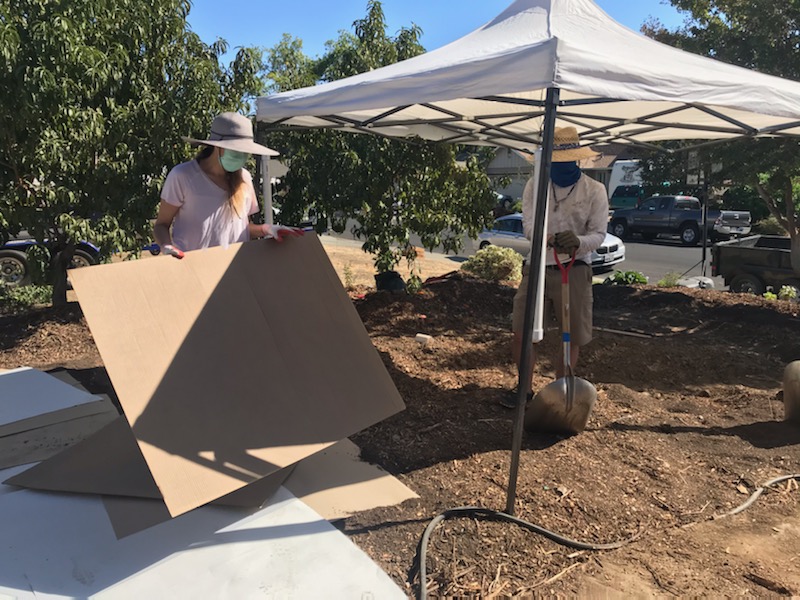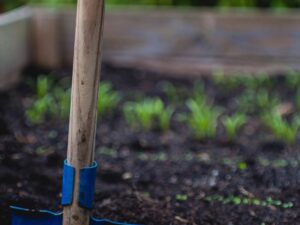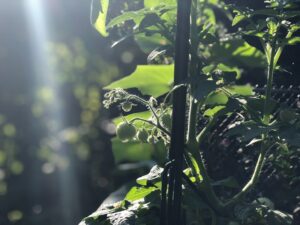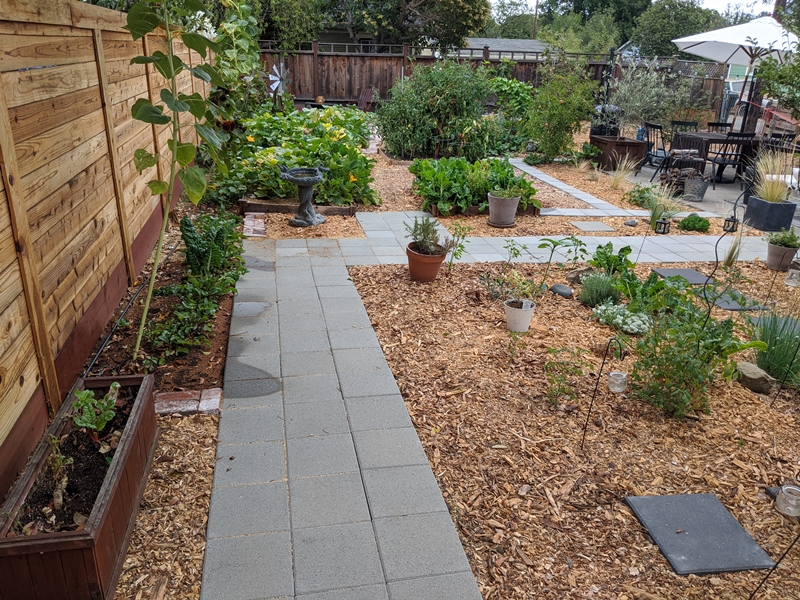Seeking Suisun City, Fairfield & Vacaville Residents Interested in Yard Transformation
By Gabriela Estrada & Nicole Newell, Program Managers
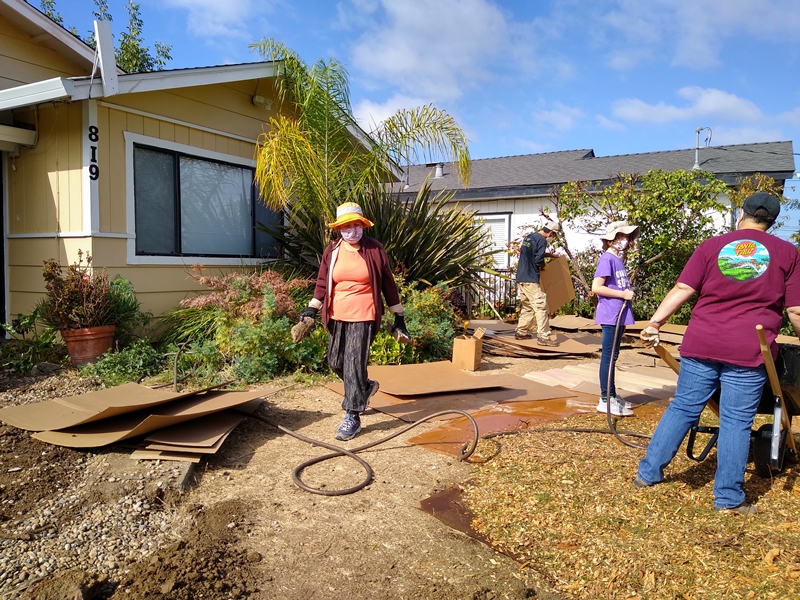
Do you live in Suisun City, Fairfield or Vacaville? Are you interested in working with your neighbors and community to install a demonstration food forest garden or other sustainable landscaping elements in the coming months at your home or a community site, like a place of worship or school?
Sustainable Solano is currently looking for private or public sites and residents that are interested in working with their neighbors to transform these properties to grow food, create habitat and build healthy soil, while using water efficiently. The search for these sites is targeted in specific neighborhoods that are vulnerable to flood and fire.
We envision neighborhoods better equipped to adapt and thrive in the face of environmental, social and economic changes. The need for strong communities where people know and care for their neighbors is more apparent than ever, and projects such as these through our Resilient Neighborhoods and Solano Sustainable Backyards programs can help to build resilience in our neighborhoods as we connect with one another.
Suisun City and Fairfield
We are looking for residents in Suisun City and Fairfield (in the areas outlined in red in the map below) that are interested in working collaboratively to transform their neighborhoods into robust regenerative urban ecosystems that mimic nature in performing valuable functions like producing food, filtering air and cycling water. We are looking for sites to create beautiful and productive gardens that build healthy soil while using water wisely.

Vacaville
In August 2020, the LNU Lightning Complex Fire affected many Vacaville residents. We are looking to identify a private property in Vacaville that was damaged by the fires to begin to restore the ecological health of the land through the installation of a demonstration garden that would incorporate best practices for designing in a fire zone.
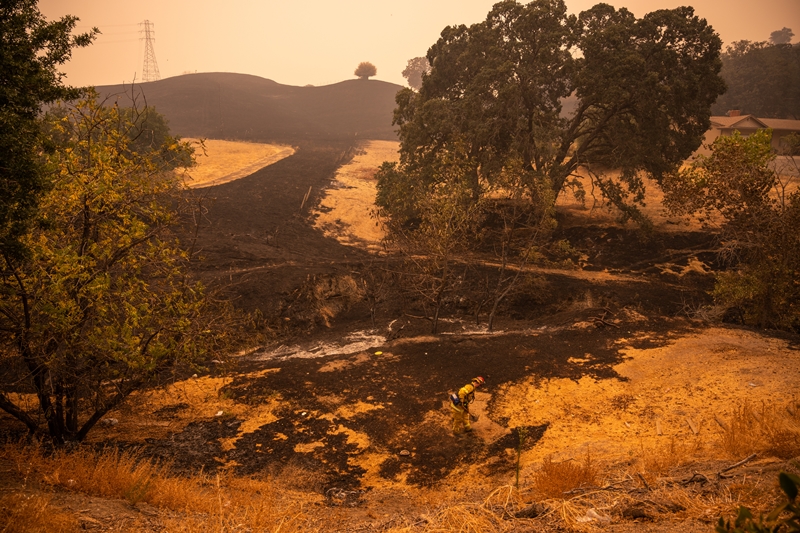
All of these projects will be done through public, educational installations that share knowledge and techniques used to address flooding or fire risk as well as sustainable landscaping principles. If you live within the highlighted areas of the map of Fairfield and Suisun City or your yard was damaged in the LNU Fire and you are interested in creating waterwise, edible food forest gardens, please fill out the Sustainable Landscape Interest Form or contact nicole@sustainablesolano.org. Once we receive the form, we will be looking to schedule site assessments for properties that suit the programs. By February, we hope to select multiple sites for yard transformations.
We are looking forward to hearing about your vision for your neighborhood!

